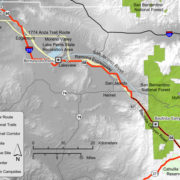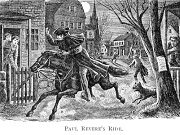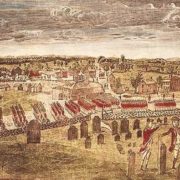Juan Bautista de Anza National Historic Trail 1775
The journey began at the Royal Presidio of San Ignacio de Tubac in southern Arizona on October 23, 1775, and the weary travelers finally arrived at the Royal Presidio of San Carlos de Monterey in California in June of the following year. The Expedition was a large party comprising Anza, 3 Franciscan priests and their servants, 3 Spanish officers, 28 soldiers, the wives of the sergeant and soldiers, 136 colonists (men, women, and children), 20 muleteers, 3 vaqueros (cowboys), and 3 Indian interpreters. Anza’s diary chronicles the exploratory expeditions from Monterey to the opening of the San Francisco Bay, around the East Bay to the Sacramento River Delta, and back to Monterey. The route is now known as the Juan Bautista de Anza National Historic Trail.
El viaje comenzó en el Real Presidio de San Ignacio de Tubac en el sur de Arizona el 23 de octubre de 1775, y los cansados viajeros finalmente llegaron al Real Presidio de San Carlos de Monterey en California en junio del año siguiente. La Expedición fue un gran grupo compuesto por Anza, 3 sacerdotes franciscanos y sus sirvientes, 3 oficiales españoles, 28 soldados, las esposas del sargento y los soldados, 136 colonos (hombres, mujeres y niños), 20 arrieros, 3 vaqueros (vaqueros). y 3 intérpretes indios. El diario de Anza narra las expediciones exploratorias desde Monterey hasta la apertura de la Bahía de San Francisco, alrededor de la Bahía Este hasta el Delta del Río Sacramento, y de regreso a Monterey. La ruta ahora se conoce como Sendero Histórico Nacional Juan Bautista de Anza.



